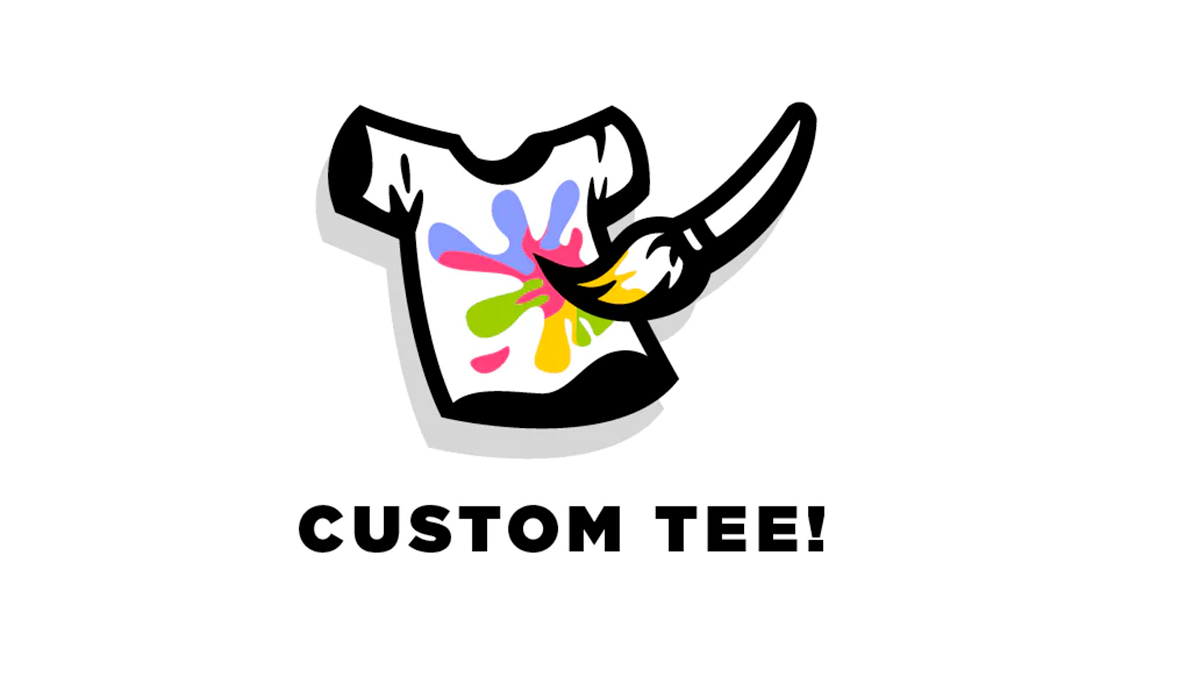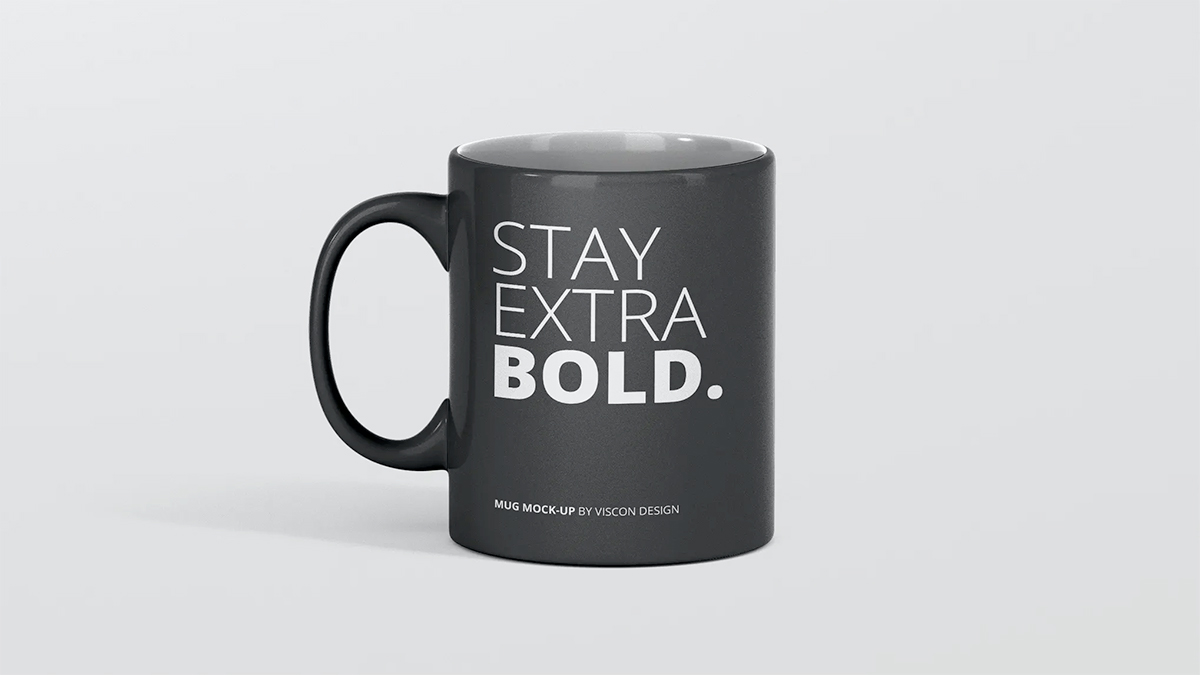7 Tips to Design and Sell Merchandise Online
Have you ever started looking for a new shirt or gift and thought, “I could design something so much better than what I see here?”
With a little planning and some good ideas, you can design and sell merchandise online featuring your artwork. It’s gotten easier over time with so many marketplaces available as well as options that don’t require you to order and house a lot of inventory in advance.
If you’ve ever thought about designing and selling merchandise online, keep reading. (Note: The images in this article are from Envato Elements, which has a ton of graphic design assets to help you in the creation of one merchandise.)
2 Million+ Digital Assets, With Unlimited Downloads
Get unlimited downloads of 2 million+ design resources, themes, templates, photos, graphics and more. Envato Elements starts at $16 per month, and is the best creative subscription we've ever seen.
Start with an Item or Design Concept
You can start slow with a single item or design and a unique selling proposition.
The USP will help you define an audience, what you sell, and why it’s better than the alternatives. Much of this information will probably center around your style as a designer and the design element you are offering.
For most designers, merchandise sales begin as a passion project and then expand over time. Start with something you love. And then show that design on relevant items, such as stickers, shirts, or coffee mugs.
From a technical standpoint, the most important element about your design is that it is in a vector format so that it can be scaled for printing on various items. Then, it has to be replicable. (A highly detailed piece of line art, for example, won’t render well on many fabrics.)
Sales options include physical merchandise or digital items (such as plugins, themes, stock photography, or design elements).
Finally, you want to ensure that you are following trademark, copyright, and licensing guidelines for your items to stay out of trouble.
Pick a Platform
What you are selling can help determine where you plan to sell it.
There are various marketplaces available for different types of design merchandise. The one that’s best for you is somewhere where people are likely looking for the type of item you are selling, and has a fee/commission structure that makes sense for you.
Selling on an established platform can cost you more upfront because of transaction and subscription fees, but you can reap some marketing value from these marketplaces, helping your items get seen.
Most designers find that starting on a marketplace – from Etsy to Creative Market to Café Press to Amazon – provides good feedback on items, pricing, and can be a springboard to more independent e-commerce.
Depending on what you plan to sell, and the terms of where you are selling, you may not be limited to a single marketplace and can list the same items in multiple locations.
Consider Printing on Demand or Presales
One of the biggest expenses for selling merchandise of any kind is inventory.
If you plan to put your design on a shirt, for example, you may need multiple sizes, colors, and styles. That’s a significant investment upfront (plus you have to store and ship it all).
Print on demand and presale orders can eliminate some of this headache and help you experiment with designs without the major investment.
Print-on-demand vendors allow you to upload a design, pick the items you want to sell, and offer a “royalty” based on the purchase price of each item. Margins aren’t typically very high, but this can work well for items that have lots of options and aren’t market-tested. Most print-on-demand vendors do everything except create the design, making this a low-risk, low effort merchandise option for you.
The other bonus to a print n demand option is that you can upload designs and order items for yourself to test quality and to use as the images for promotion. (Real-life product photography can have a lot more impact than mockups.)
Presales work in a similar manner, with people having the ability to place an order for an item, and everything is printed and ordered at one time. This results in a larger margin for you, but more of a delay in the acquisition of the item for the customer since everything is held and printed, and shipped at the same time.
Presale merchandise (think of it working a lot like Kickstarter) requires a strong marketing effort on your part to meet order minimums. It’s also a service that’s being offered by more and more local print and shirt shops so that you can work with a local partner.
Focus on a Design Element or Theme
If you are excited about merchandise, chances are you have a ton of ideas already floating in your head. Slow down and focus so you don’t burn out.
Work with the design you have created to merchandise it well. There are a lot of elements to consider, especially with physical merchandise:
- What type of items should the design be on?
- What colors of merchandise are appropriate? Do you need a second design for light/dark merchandise items?>/li>
- Do items match the wants and needs of your target audience? (Such as putting a design for kids on kid-sized items.)
A design theme can help you connect with a loyal and repeat audience. If you create designs with bicycles on them, for example, past customers will return for similar items.
Experiment and Ask for Feedback
Small batch merchandise design will provide an opportunity for experimentation and feedback. Allow customers to leave reviews. Items that rate higher are probably worth the time and effort to keep in your online shop.
If an item gets a poor review, try to identify the problem. Is it the design? The product it is printed on? Shipping or cost?
All of these things can help you refine your merchandise sales model over time.
Promote Your Shop
Now, this might be the toughest part for many designers. A great design won’t sell itself. You have to work at it.
Without promotion of your design shop online, it will be hard to generate sales.
This can include everything from word of mouth marketing to social media to printed materials (flyers or business cards) to online advertising or sending emails.
Key marketing tactics include:
- Highlighting new products
- Offering coupons or promo codes
- Showcasing best sellers or highest rated items
- Referral or affiliate bonuses
- Influencer marketing
Expand to Ecommerce on Your Website
Once you get a good feel for merchandise sales and what does and doesn’t work for you, it may be time to move from a marketplace or platform-based selling tool to your e-commerce website.
For a while, some sellers work with a hybrid model using both while they make the conversion.
The reason many designers switch to selling merchandise on their own site is control over the website design, items and inventory, and potential for greater profit margins without so many commissions and fees.
The key difference when moving to your own e-commerce site is that you may switch from a model where everything from printing to packaging to shipping is handled for you to having to manage it yourself. This can be a time-consuming venture if you don’t have a partner working with you for this part of the business in the background.
Designers selling digital items – or those without a lot of variations in inventory – often find the most success with their own website for sales.
Conclusion
Selling merchandise online can be a fun way to earn a little extra income as a designer. But for it to be successful this should be a passion project. You should enjoy creating merchandise and the effort required to get it in front of shoppers.
If nothing else, you can dabble by starting small and creating the design and shop for an organization you are involved with to see if selling custom-designed merchandise is for you.









